2023 | Encounters
Signals from the Galaxy of Cinema
Innovative film languages and the exploration of genre boundaries are once again at the heart of the Encounters programme this year. In this interview, Artistic Director Carlo Chatrian and Head of Programming Mark Peranson discuss the documentary forms represented in the selection, the play with stylistic devices and very special film couples.
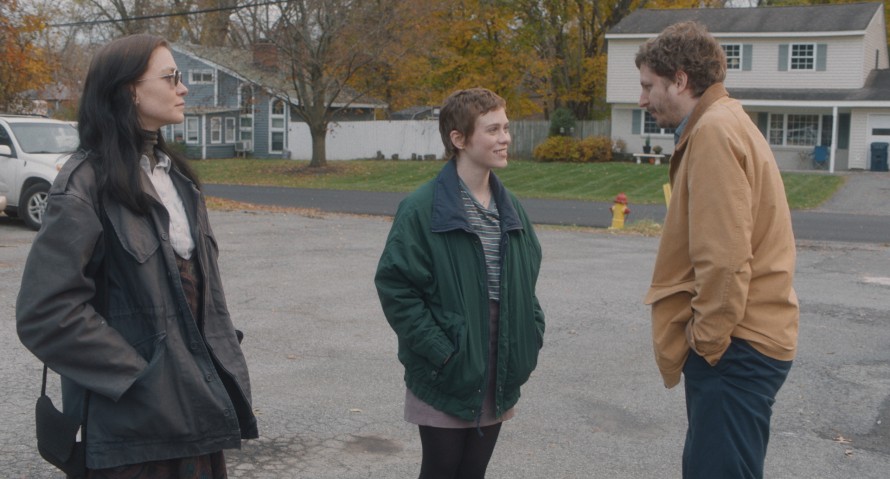
Hannah Gross, Sophia Lillis and Michael Cera in The Adults
The still relatively young section has had a turbulent start: since it was launched in 2020 to coincide with the festival's 70th anniversary, it has gone through a digital edition, a summer edition and a physical edition under pandemic conditions - what was your focus this year while selecting and what will be the key aspects of the 2023 selection?
We try to start the selection without any preconceived ideas. Encounters is the place where we hope signals from the ever evolving galaxy of cinema are gathered. Here, we look more than anywhere to what happens at the borders. Borders between cinematic languages and borders between cinema genres. This year we have included more than ever a good number of documentary forms - but if you look close, each of these films is based on a quite hybrid form, even the more straightforward ones.
The programme is very diverse in terms of countries of production - does this play a significant role in the selection process, and if so, what role?
In every section of the festival we don’t work with preconceived quotas. We work to have the broadest representation possible, but we don’t force our selection in order to fill the map of the world. We are aware that the films come in waves and if, for example, this year Asia is widely represented, next year this could be the case for South America. Speaking of country of production, it is also important to state that in some cases this is not the best way to determine the country of the film. For example, Mon pire ennemi (My Worst Enemy) by Mehran Tamadon is a film shot in France and produced between France and Switzerland, but it’s a fully Iranian film if we consider it from the perspective of the creative process.
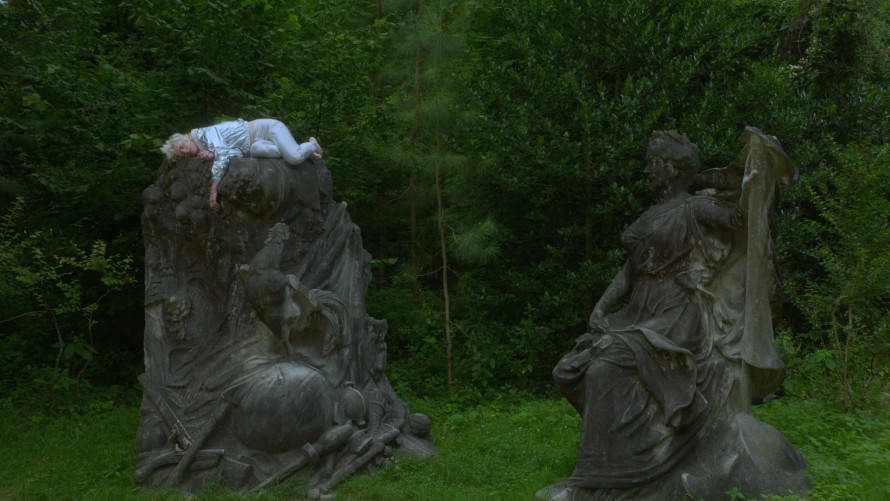
Oscar-Roza Miller in Orlando, ma biographie politique
The films in the programme cover a wide range of subjects. Family, war, gender, political history, or abstract concepts like freedom and constraint - one unifying element seems to be their social relevance…
Actually, there is not really a unifying element – if not the will to use cinematic tools in a non-conventional way. We don’t want to deny the social relevance that films can have – and most of the films in this year’s Encounters programme have that value - but this is not the reason why they were selected. Our motivations are to support young filmmakers, films with an innovative storytelling, films that challenge categories, films that try to explore what is possible with the instruments of cinema. Let’s take for instance Orlando, ma biographie politique (Orlando, My Political Biography) by Paul B. Preciado: This is a strong, politically engaged project – a film that challenges the binary normative view on society – but we selected it, because it is also a very free essay, where fictionalised and documentary scenes go hand in hand. Paul B. Preciado succeeded in translating his thought into something innovative from the cinematic point of view. Another example, on the opposite side of the spectrum, is The Adults, a quite straightforward comedy by Dustin Guy Defa, with solid writing and a great cast. We have chosen to include this film in the Encounters selection not only because we want to highlight and support Dustin Guy Defa’s work, but also because the film is structured on the multilayered concept of “play”. The three siblings centered in the film play games all the time: the main character, played by Michael Cera, for instance is a poker addict. But the imitation game goes even further and sometimes disconnects them from the real world – and so it goes for the storyline they are supposed to carry on. In that respect, without losing its grip on the audience, The Adults is kind of a metaphysical story.
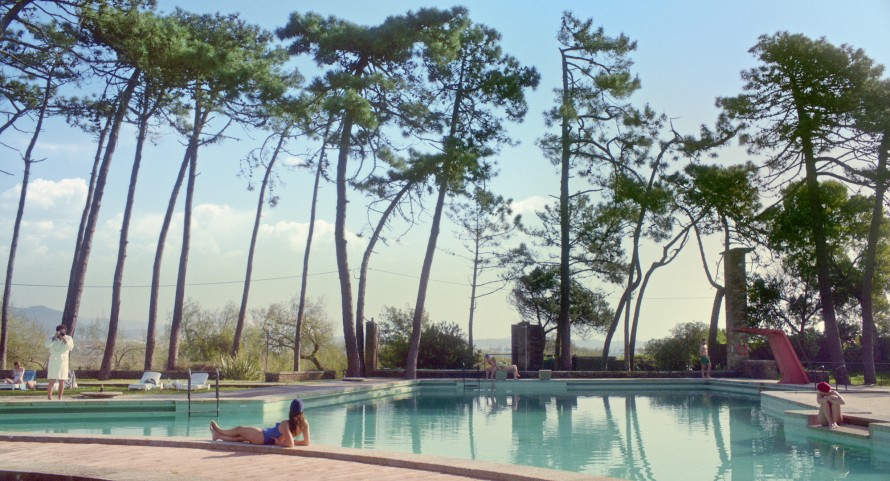
Viver Mal
The two films by João Canijo, Mal Viver (Bad Living, Competition) and Viver Mal (Living Bad, Encounters), form a “film pair”. The time and the place in which the films are set are, at least on a certain level, one. However, both films tell the story from different perspectives and angles, thus creating their own specific spaces and thereby changing the perception of the story. To what extent does the audience need to see the two films together?
This is a very special project we thought a lot about before deciding to place the films in two different sections. The films form a diptych – so, like in a painting, you have to watch both of them to get a full understanding of what the filmmaker wanted to achieve. But as in other similar projects - I’m thinking about Smoking and No Smoking (Alain Resnais, Competition 1994) or The Souvenir (Joanna Hogg, Panorama 2019) and The Souvenir II (2021) - each film can exist alone and can be understood narratively and aesthetically without watching the others. Canijo has composed these two films following the idea of the shot and reverse shot. One film centres the owners of a hotel, the other one its clients. Both are built on the same scenes, but shot from different angles. Canijo plays with the concept of the mise en scène - which is the art of giving extra meaning to the story through specific shaping of the space.
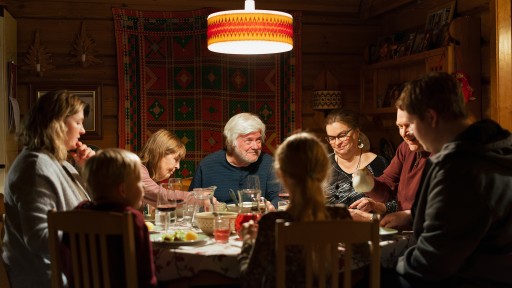
Mummola
The film Mummola (Family Time) by Tia Kouvo deals with the family theme in a completely different way than Mal Viver does. Visually characterised by long shots, it focuses on partly unresolved, partly openly acted out family conflicts and develops its very own form of comedy…
It can be interesting to compare these two films, even if Mal Viver is more about the relationship between lovers, the family is more of an additional element. But both films use spaces – mainly inner spaces – to translate feelings or moods related to the characters – or at least to the main ones. They both dramaturgically rely on clashes that are hidden behind a quite uniform surface. Tia Kouvo decides not to break that surface, but rather let the time within the shot work to expose the cracks within the family. Canijo uses shot and camera movements to unveil similar cracks – and that happens more in Mal Viver than in Viver Mal, which follows a more linear path.
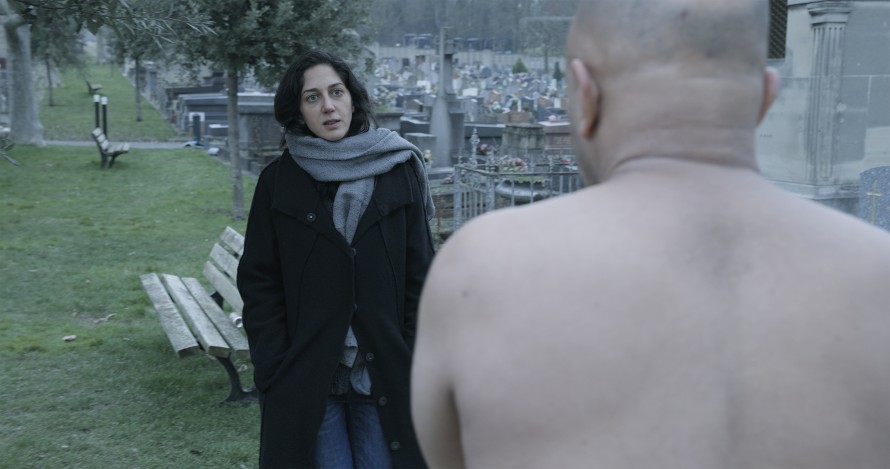
Zar Amir Ebrahimi and Mehran Tamadon in Mon pire ennemi
The aforementioned Mehran Tamadon is yet another filmmaker who has two films running in different sections of the festival, addresses traumas of the past and comments on current political crises in his work: Mon pire ennemi in Encounters and Jaii keh khoda nist (Where God Is Not) in the Forum. To what extent do the two films comment on or complement each other, how is their dialogue shaped?
These two films were born together, out of the same inspiration and desire. Mehran Tamadon wanted to ask people who suffered prison and torture in Iran to talk about these gruesome experiences in the most factual way possible. Actually, the filmmaker had the “crazy” idea to do a trilogy in which the third chapter would be a dialogue with the people who are in charge at Iranian prisons. In the light of the current protest movement it has become clear that this third act would never happen. But the reality of what happened and still happens in Iran gives the film a different weight and we believe that this has pushed it in the direction of adopting a more direct political stance. The film that is shown in Encounters has a more fictionalised element than the one in the Forum. We can call the process re-enactment or “mise en abyme”, in the sense that the main characters are aware of the fiction they are performing – and actually it is precisely this fictional element that is motivated from within the dramaturgy and that pushes it to the limit. Yet, in the end, the goal is to create a high degree of realism or, to put it differently: to immerse the viewers in a claustrophobic situation and, at the same time, always remind them that it is a fiction, so that the revelation of the real story at the very end is at once expected and shocking.
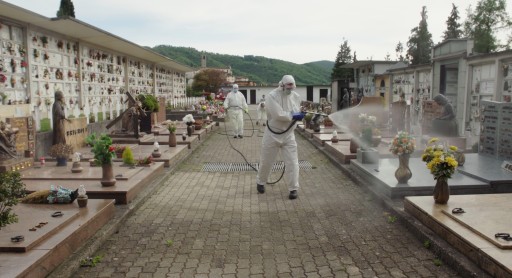
Le mura di Bergamo
Another kind of trauma haunts the programme as a cinematic shadow, namely Covid-19. Le mura di Bergamo (The Walls of Bergamo) by Stefano Savona is a film as personal as it is universal about the pandemic and a place that was one of the first to be hit hardest. Do we by now have the necessary distance to fully grasp such a film or are we still too close?
Within the selection committee we have discussed whether or not it was the right moment to show such a strong film on Covid-19. The answer varies from person to person. But in the end, what gave us the impulse to include this film in our programme is, that Le mura di Bergamo is not a documentary on Covid only. While its first part is highly immersive, after a while the film takes another path and deals with a more complicated question, which is to say: What do we do when the emergency is over? How do we handle our fear and sense of loss? How do we support the people who have gone through hell and who to survive? This is not only a big and profound question for the people and for our society, but also from a cinematic and narrative point of view. Savona opts for a storytelling that constantly puts different spheres of time in dialogue. The past of the region – captured through archive footage – comes to the surface like an echo to the actual tragedy. This material not only provides a second visual layer, it also puts the present time in a different perspective. Dealing with images of a time where death was accepted as part of the natural course of life, it is a great reminder of our limits.
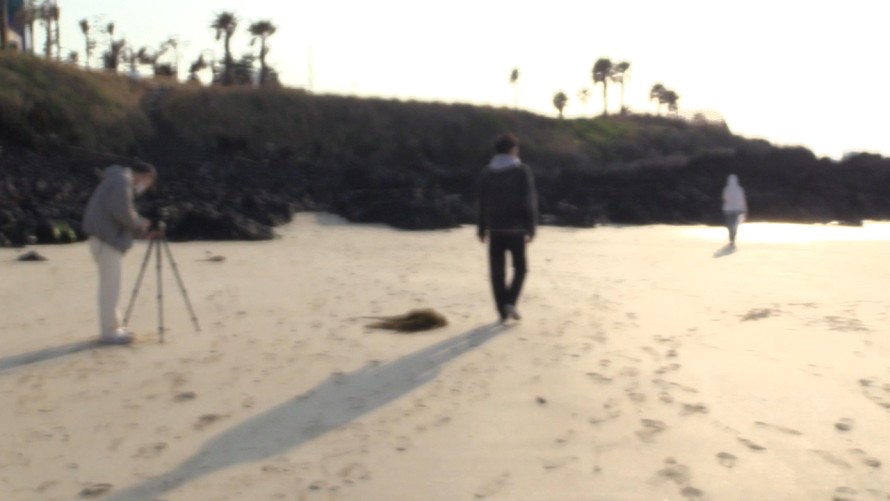
Ha Seoungguk, Shin Seokho and Kim Seungyun in mul-an-e-seo
Mul-an-e-seo (in water) is supposed to be the most personal and one of the most poetic of Hong Sangsoo's films so far. What can you say about his latest work?
Every film by Hong Sangsoo is very personal, even without paying reference to his biography. In this work, the decision to blur most of the shots questions the audience on a certain level. But rather than offering the key for a possible answer – it should be pointed out, that maybe there is no single answer – that decision puts the viewer in a different state, which is very interesting to explore. It has something to do with the state of mind of the protagonist, a young filmmaker who’s looking for the right vision for his short film. It has something to do with the idea that this is not about the vision itself but more about the process. It has something to do with the feeling of being dragged into an impressionist painting. Film after film Hong Sangsoo plays melodies with very few notes and delivers a special kind of poetry which is based on little things - things or situations to which normally we don’t pay attention. That philosophy and attitude in life is heartrending.